A Complete Guide to Masjid al Shajarah
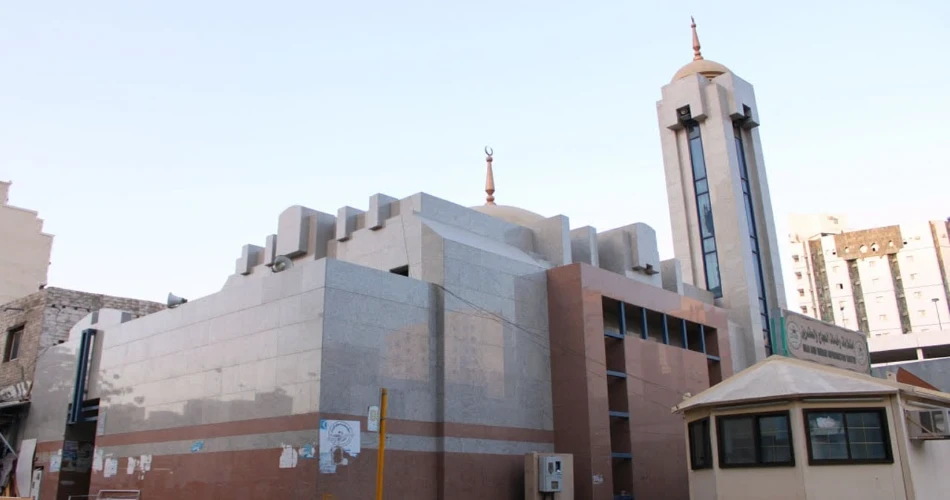
Prepare to visit one of the spiritual and awe-inspiring destinations in Makkah: Masjid al-Shajarah!
Hidden away in proximity to Masjid al-Jinn and Jannatul Mualla (the Historic Cemetery of Makkah), Masjid al-Shajarah (translating to "Mosque of the Tree") is the very place where the miracle of the tree answering the call of Prophet Muhammad ﷺ occurred—an event that is eternally imprinted in the sands of time.
Whether you are on a spiritual journey or simply exploring things to do in Makkah, you would not want to miss out on a visit to Masjid al-Shajarah. The mosque brings you history and a peaceful experience.
So, if you are working on your list of places to visit in Makkah, keep on reading as this complete guide to Masjid al-Shajarah explains everything you need to know about this extraordinary mosque.
Masjid al-Shajarah
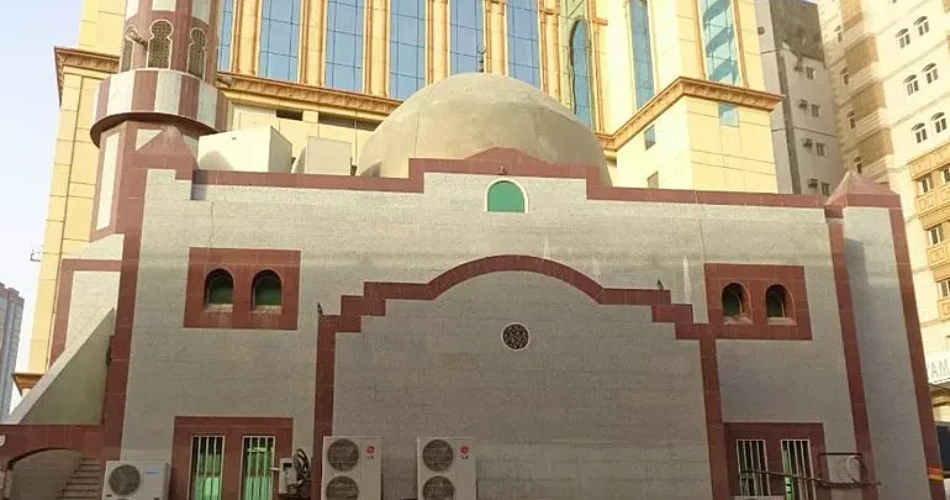
Masjid al-Shajarah Makkah, which translates to "Mosque of the Tree" in Arabic, serves as a powerful reminder of an astonishing event from the life of the Prophet Muhammad ﷺ. Tradition states that it lies on the land where the Prophet ﷺ called a tree nearby, which then traveled toward the Prophet ﷺ, stood before him in respect, and returned to its original location. This holy mosque is situated near Masjid al-Jinn and is also near the grand cemetery of the Jannatul Mualla in Makkah. Situated adjacent to the famous Masjid al-Jinn, Masjid al-Shajarah has its significance in Islam.
Why Masjid al Shajarah Holds Deep Meaning
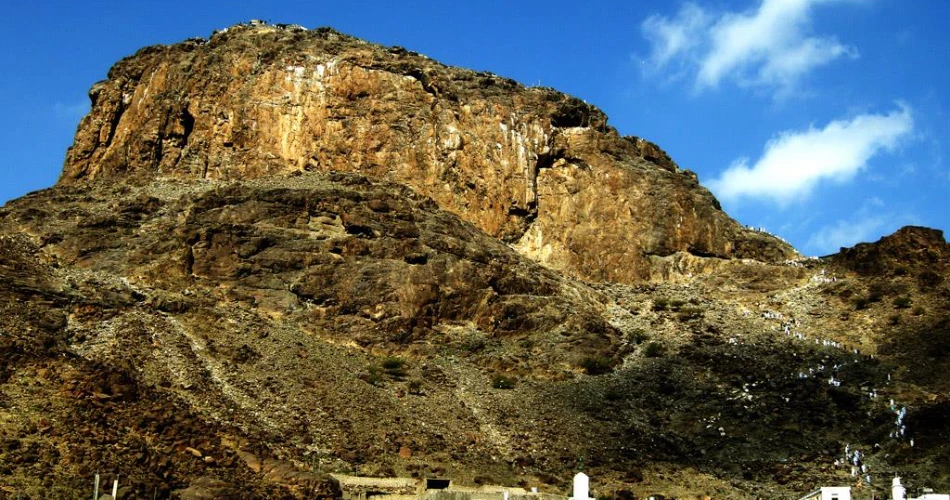
Many miracles in the life of the Prophet Muhammad ﷺ proved his Prophethood, including when he interacted with trees and inanimate objects. One of those amazing events happened where Masjid al-Shajarah currently rests.
Affan ibn Muslim I said, the Prophet ﷺ was once in sadness at al-Hujun and asked Allah:
“O Allah! Show me today a sign, after which I shall not care, whoever of my people might doubt me.”
Suddenly, a tree on the mountain road to Madinah was seen. He called it. It came cleaving the earth till it reached him and greeted him. Then he commanded it, and it returned. At that moment, he declared:
“I care not now whoever of my people might doubt me.”
(Narrated in Kitab al-Ṭabaqat al-Kabir)
In another narration attributed to al-Hasan ibn Ali:
There is a report that the Prophet ﷺ complained to his Lord about his people who were causing him concern. He asked for a sign by which he would know that he had nothing to fear. It was revealed to him,
“Go to this wadi which has a certain tree in it and call a branch of it. It will come to you.”
He did so, and it came, splitting the earth in a furrow until it stood in front of him. He detained it as long as Allah willed and then told it,
“Go back as you came,”
and it returned. He said,
“O Lord, now I know that I have nothing to fear.”
(Narrated in Bayhaqi)
Location of the Masjid
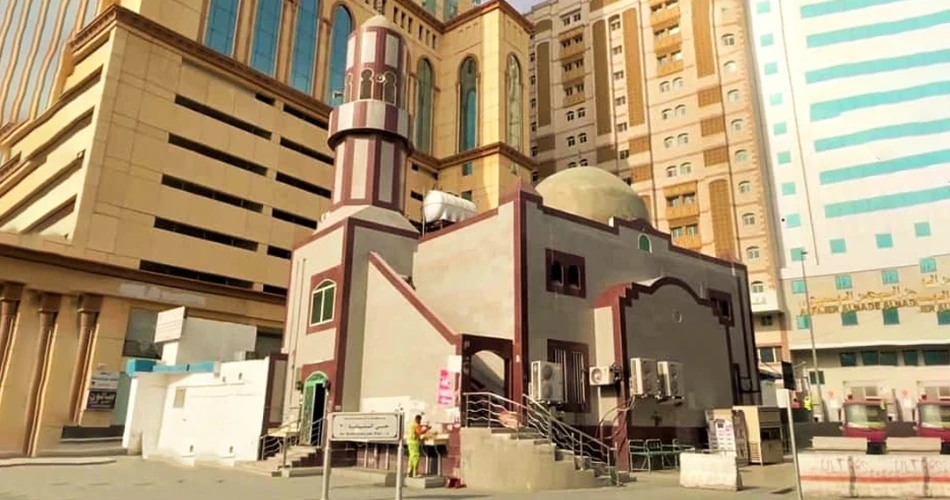
Masjid al Shajarah is located in the Ma’la district of Makkah, near Masjid al-Jinn. It marks the site of a well-known miracle, where a tree responded to the call of the Prophet Muhammad ﷺ. Found in the as-Sulaymaniyyah area (historically known as Shib Aamir), it is distinct from the similarly named Masjid Dhul-Hulayfah.
Some top hotels to stay near Masjid al Shajarah:
Interior of the Masjid
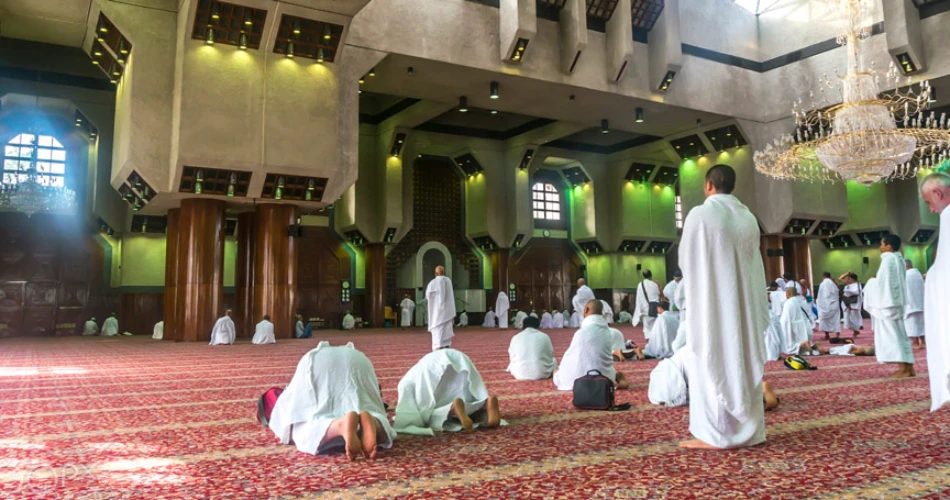
Masjid al Shajarah holds deep spiritual significance for Muslims. Its interior is simple yet sacred, reflecting the humility and reverence of early Islamic tradition. The prayer hall features plain walls and minimal adornment, creating a peaceful space that invites quiet reflection. Unlike mosques with grand domes or elaborate chandeliers, Masjid al Shajarah embraces a deliberately modest design. The sparse decoration shifts focus away from architecture and toward faith itself. Modest arches frame the entrance, and every element of the mosque aligns with its history, highlighting humility over grandeur, and meaning over display.
Other Mosques
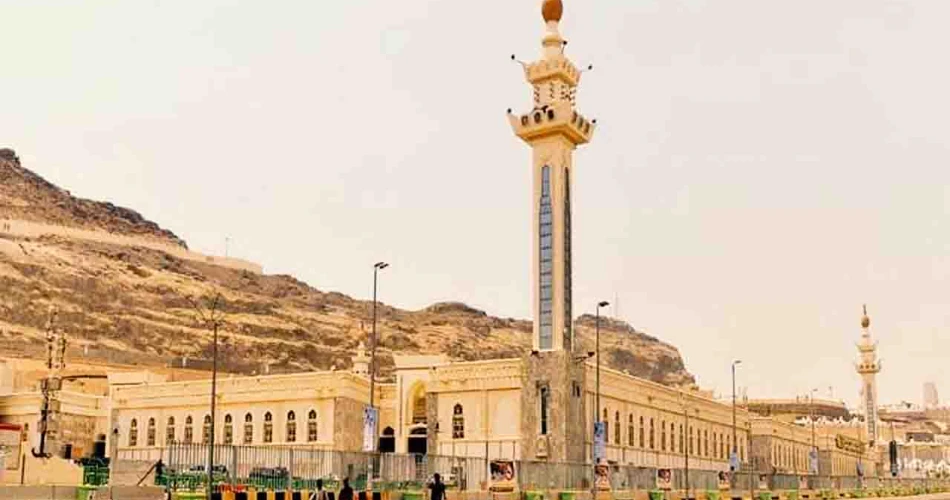
In Islam, places of worship and Mosques (Masjid in Arabic) hold a much larger meaning than worship alone. They are places of worship, of spirituality, places of knowledge, and classrooms—all in one place, ultimately uniting and impacting people through overwhelming unity, equality, and peace.
As the Qur'an reminds us:
“And (He revealed) that the mosques are for Allah, so do not invoke with Allah anyone.”
[Surah Al-Jinn, 72:18]
To highlight their importance, Abu Huraira narrated a Hadith about the seven categories of men who will be shaded under the shade of Allah's Throne, on a day when there will be no shade:
“Seven are (the persons) whom Allah will give Shade of His Throne on the Day when there would be no shade other than His Throne’s Shade: A just ruler; a youth who grew up worshipping Allah; a man whose heart is attached to mosques; two persons who love and meet each other and depart from each other for the sake of Allah; a man whom an extremely beautiful woman seduces (for illicit relation), but he (rejects this offer by saying): ‘I fear Allah’; a man who gives in charity and conceals it (to such an extent) that the left hand does not know what the right has given; and a person who remembers Allah in solitude and his eyes well up.”
(Muttafaqun’ Alayh)
Makkah, the birthplace of Islam, hosts some of Islam's historically and spiritually important mosques. Below are three noteworthy mosques.
Masjid Aisha (Masjid at-Tan’eem)

Masjid Aisha, located approximately 7.5 kilometers from Makkah on the route to Madinah, is closely tied to a significant event in Islamic history. It was here that the Prophet Muhammad ﷺ instructed his wife Aisha (RA) to enter the state of Ihram for the Farewell Pilgrimage. Today, the mosque serves as the nearest Miqat point for residents or visitors in Makkah intending to perform Umrah, making it a frequent and convenient spot for donning the Ihram.
Masjid Uqbah
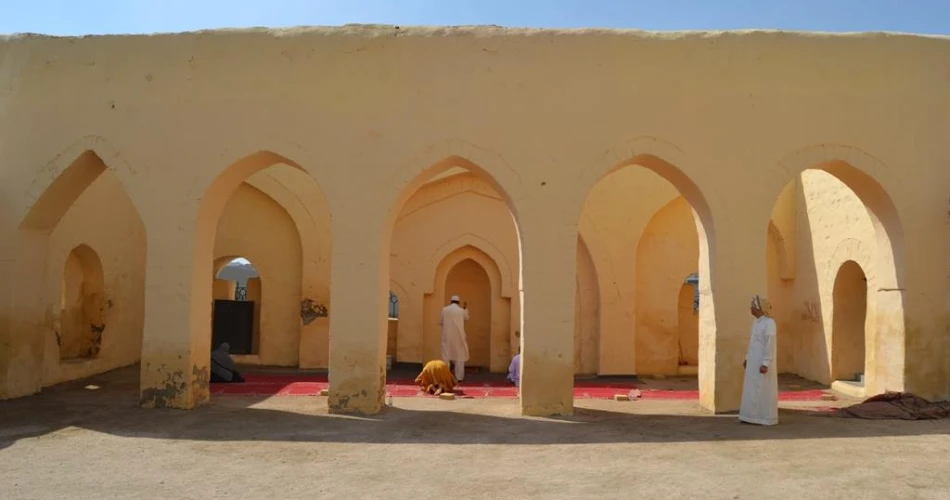
Masjid Uqbah is located near Mina and is located on the site where twelve leaders from the tribes of Aws and Khazraj of Madinah met to pledge their support to the Prophet (PBUH) back in the year 621 CE. This solemn ceremony, known as the First Pledge of Aqabah, marked a crucial point in spreading Islam.
Masjid al-Rayah
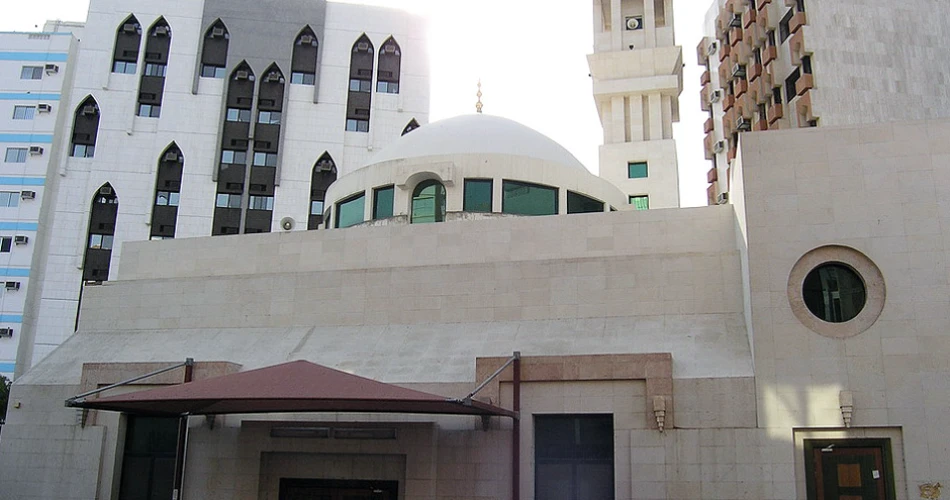
This mosque is located on the historic site where the Prophet Muhammad (PBUH) planted the Islamic flag after the peaceful conquest of Makkah in 8 AH. It was previously known as Masjid Jowdariyyah (an informal name), and it became a permanent location to symbolize both victory and faith. It was demolished in 1431 AH (2009) after being in its place for over one thousand years.








